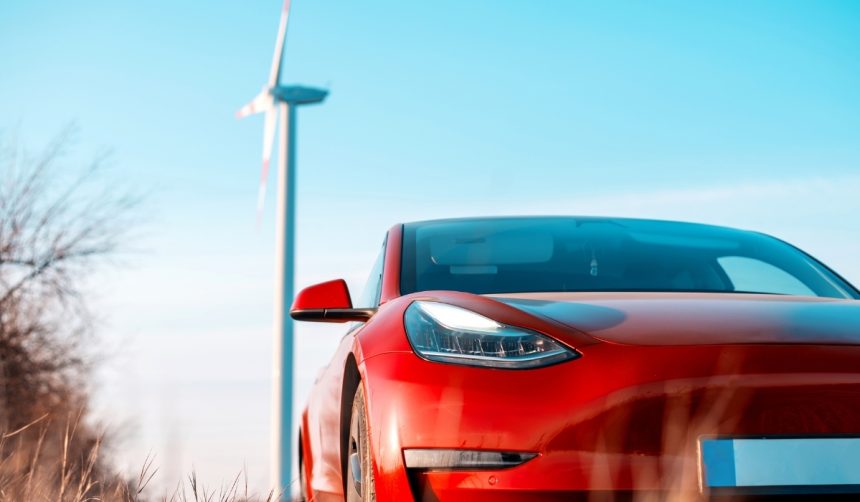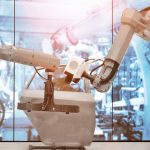Activity surrounding Tesla’s stock price drew new attention this week, with CEO Elon Musk addressing concerns about his dedication to the company’s mission after acquiring $1 billion of TSLA shares. As Tesla stock surpassed $400, market watchers speculated about Musk’s ongoing role, especially in light of previous debates about his multiple ventures and time management. Upcoming projects such as Optimus, the AI5 chip, and expanded data center capacity hint at long-term plans—prompting both investor optimism and scrutiny. Some employees privately expressed confidence in executive leadership, though shifting priorities and high workloads have prompted questions about sustainability. Public commentary on Musk’s workload underscores persistent interest in his unique leadership style.
How active is Musk’s involvement in ongoing Tesla projects?
Elon Musk described a tightly packed schedule involving engineering, strategic reviews, and cross-country travel, lending weight to public claims of a hands-on approach. He shared that work included meetings on the Optimus humanoid robot, oversight of AI5 chip development, and direct inspections at the Colossus II datacenter. Musk’s comments sought to reassure observers of his direct participation by stating,
“Daddy is very much home. Am burning the midnight oil with Optimus engineering on Friday night, then redeye overnight to Austin arriving 5am, wake up to have lunch with my kids and then spend all Saturday afternoon in deep technical reviews for the Tesla AI5 chip design.”
This detailed timeline comes as investors and stakeholders expect continued momentum amid Tesla’s “wartime CEO” phase.
Does Musk’s leadership style differ from his earlier years?
Musk’s approach – characterized by highly involved, multi-location management, and all-night sessions – retains core elements from previous periods at Tesla, but now includes greater attention to artificial intelligence and robotics. Discussion of expanding AI and Autopilot programs aligns with Tesla’s longer-term drive into self-driving technology and advanced manufacturing. Despite his visible presence on other platforms and projects, Musk prioritizes in-person technical reviews and direct engagement with engineering teams, echoing patterns from reported “crisis mode” moments at Tesla’s Gigafactories. As Musk remarked,
“Then up to 12 hours of back-to-back meetings across all Tesla departments, but with a particular focus on AI/Autopilot, Optimus production plans, and vehicle production/delivery.”
What role do Tesla’s strategic initiatives play in this renewed attention?
Key initiatives like the Master Plan Part IV and AI5 chip project reflect an effort to elevate Tesla’s market position in both electric vehicles and artificial intelligence. These projects mark a transition into domains that carry high capital requirements and technical uncertainty, which amplifies the importance of executive oversight. Investors and analysts continue to weigh Musk’s involvement as a critical factor in Tesla’s execution of these stated goals. Shareholder reactions to the $1 billion TSLA stock investment suggest a cautious optimism that ongoing leadership engagement may help guide Tesla as it navigates evolving regulatory, technical, and competitive landscapes.
While earlier reports often highlighted risks from Musk’s divided attention between other ventures like SpaceX or Neuralink, his recent public disclosures and sizable stock purchase indicate ongoing commitment to Tesla’s immediate and long-term objectives. Observers appear divided on whether the demanding pace is sustainable, but there is consensus that Musk’s operational presence remains prominent. With the unveiling of new chip technologies and increased focus on AI, attention will shift to how these investments and strategies translate into commercial products within the next business cycles. As with previous high-profile periods for the company, the interplay between Musk’s visible workload and company milestones continues to influence both internal morale and external perceptions.
Tesla’s next phase will see increased pressure as technical ambitions rise and stakes grow. Leadership focus will remain pivotal, particularly as the firm branches into sectors such as advanced robotics and next-generation computing with products like Optimus and the upcoming AI5 chip. For those tracking Tesla’s trajectory, watching how leadership actions sync with project outcomes can provide valuable insights into organizational resilience and adaptability when tackling complex technological frontiers. Stakeholders may benefit from monitoring resource allocation and strategic prioritization as indicators of company direction in this period of intensified activity.
- Tesla’s CEO reaffirmed commitment after a significant TSLA share purchase.
- Musk outlined his packed schedule focusing on AI and engineering projects.
- Strategic initiatives fuel investor optimism as Tesla enters new market areas.










